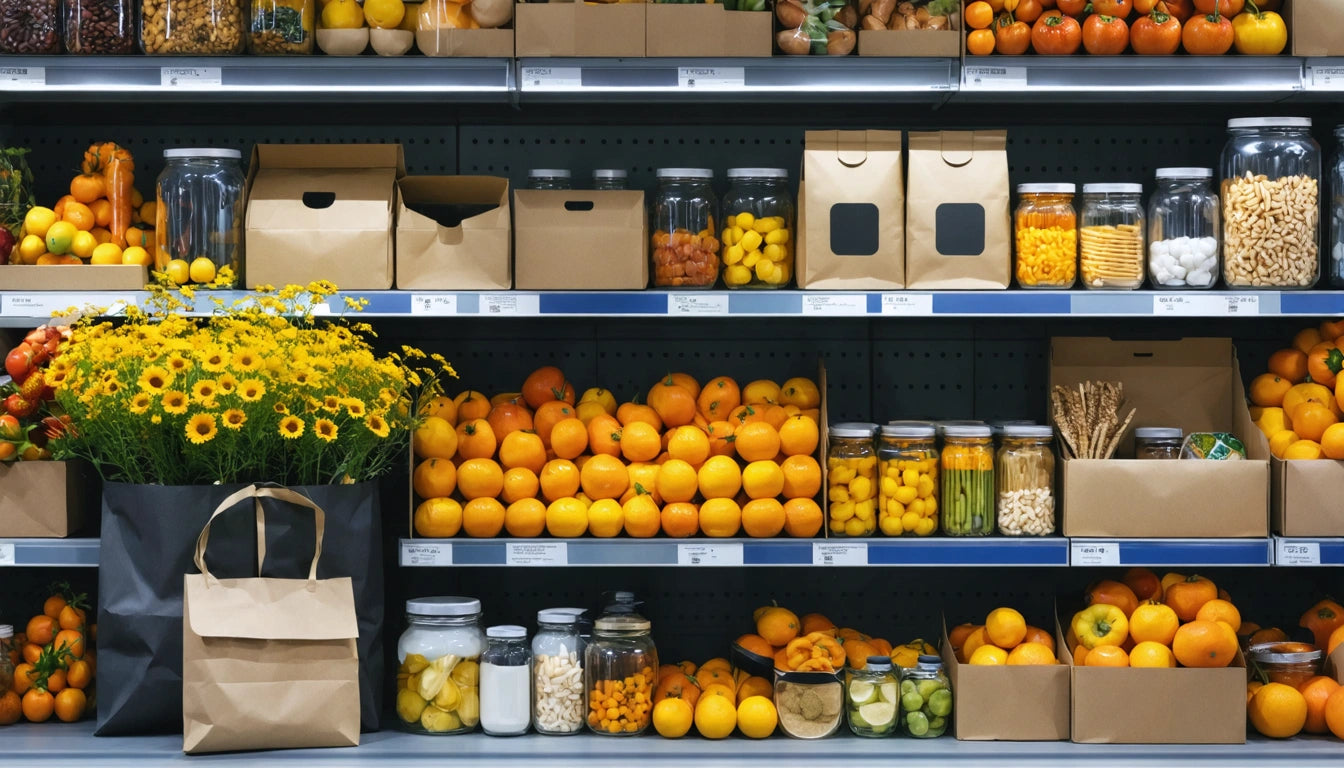Table of Contents
- Autoflower Basics: Understanding the Growth Cycle
- Watering Techniques for Healthy Autoflower Development
- When to Start Low Stress Training for Autoflowers
- Key Indicators for When to Harvest Autoflower Plants
- The Harvesting Process: Step-by-Step Guide
- Post-Harvest Practices for Optimal Quality
- Timeline Expectations: Seed to Harvest Duration
Comprehensive Guide to Growing and Harvesting Autoflower Cannabis Plants
Autoflowering cannabis varieties have revolutionized home cultivation with their speed, resilience, and simplified growing process. Unlike photoperiod strains, autoflowers transition to flowering based on age rather than light cycles, making them ideal for beginners and experienced growers alike. This guide covers essential knowledge from germination to harvest, with particular focus on watering requirements, training techniques, and harvest timing.
Autoflower Basics: Understanding the Growth Cycle
Autoflowering cannabis plants typically progress through their entire lifecycle in 8-10 weeks from seed to harvest. This accelerated timeline is due to their ruderalis genetics, which evolved in northern regions with short growing seasons. According to research on autoflower maturation timelines, these plants follow a predictable pattern:
- Germination: 1-3 days
- Seedling stage: 1-2 weeks
- Vegetative stage: 2-3 weeks
- Flowering stage: 4-6 weeks
This compressed growth cycle means every day counts, and understanding the specific needs at each stage is crucial for maximizing yields.
Watering Techniques for Healthy Autoflower Development
How Often to Water Autoflowers
The question of how often to water autoflowers depends on several factors including plant size, growing medium, container size, and environmental conditions. As a general guideline:
- Seedling stage: Water lightly every 2-3 days
- Vegetative stage: Water every 1-2 days as needed
- Flowering stage: Water consistently as plants consume more
Rather than following a strict schedule, the most reliable approach is to monitor the growing medium. Water when the top inch of soil feels dry to the touch. Overwatering is a common mistake with autoflowers and can stunt growth or cause root issues.
Highlight: Autoflowers prefer a cycle of wet and dry periods rather than constantly moist soil. This encourages stronger root development and prevents fungal problems.
For more detailed information on optimizing water and light requirements, this resource on autoflower growth optimization provides valuable insights.
When to Start Low Stress Training for Autoflowers
Low Stress Training (LST) is a technique used to increase yields by creating a more even canopy that maximizes light exposure. The timing of when to start LST autoflower training is crucial due to their short lifecycle.
When to LST Autoflower Plants
The ideal window for when to start low stress training autoflowers is between days 15-20 after sprouting, when the plant has developed 3-4 nodes. Starting too early can damage the young plant, while starting too late may limit effectiveness as the plant begins flowering.
According to expert growing techniques, gentle bending of stems using plant ties or soft garden wire works best. The goal is to create a horizontal growth pattern rather than the natural vertical one.
When implementing LST:
- Always bend stems gradually to avoid snapping
- Secure the main stem first, then work on side branches
- Adjust ties every few days as the plant grows
- Stop training once flowering is well established
Key Indicators for When to Harvest Autoflower Plants
Determining when to harvest autoflower plants is crucial for potency and effect. Harvesting too early results in lower potency, while harvesting too late can create a more sedative effect as THC degrades to CBN.
Visual Indicators for When to Harvest Autoflower
The most reliable method to know when to harvest autoflower plants is to examine the trichomes using a jeweler's loupe or digital microscope. These resin glands progress through clear, cloudy, and amber stages:
- Clear trichomes: Too early to harvest, low potency
- Mostly cloudy trichomes (70-90%): Peak THC levels, energetic effects
- Cloudy with some amber (20-30%): Balanced effect
- Mostly amber trichomes: More sedative, CBD-dominant effects
Secondary indicators for when harvest autoflower plants include:
- Pistil color change from white to orange/brown (70-80% darkened)
- Leaves yellowing and beginning to fall
- Calyxes swelling and becoming more dense
- Reduced water consumption by the plant
For those looking to maximize yields through proper harvesting techniques, this guide on maximizing autoflower yields provides comprehensive strategies.
The Harvesting Process: Step-by-Step Guide
Once you've determined it's time to harvest, follow these steps on how to harvest autoflower plants:
Preparation
- Stop fertilizing 1-2 weeks before harvest (flushing)
- Gather clean scissors/pruners, gloves, and drying lines
- Prepare a clean, dark space with controlled humidity (45-55%) and temperature (60-70 °F)
Cutting and Trimming
- Cut the main stem or individual branches
- Remove large fan leaves immediately
- Perform wet trimming (immediately) or dry trimming (after drying) based on preference
For proper storage after harvest, many growers use specialized containers with secure lids. Quality storage containers with proper sealing mechanisms help maintain freshness and prevent contamination during the curing process.
Post-Harvest Practices for Optimal Quality
After learning how to harvest autoflower plants, proper drying and curing are essential for quality:
- Hang plants upside down in a dark room (7-10 days)
- Maintain 45-55% humidity during drying
- Transfer to airtight containers when stems snap rather than bend
- Cure for at least 2-4 weeks, opening jars daily to release moisture
Proper curing enhances flavor, smoothness, and potency while eliminating the chlorophyll taste often present in freshly dried cannabis.
Timeline Expectations: Seed to Harvest Duration
Understanding how long do autoflowers take seed to harvest helps with planning and expectations. While breeder estimates provide a general guideline, actual durations vary based on genetics, growing conditions, and techniques.
Typical timeframes from seed to harvest for autoflowers are:
- Fast varieties: 8-9 weeks
- Average varieties: 10-12 weeks
- Slower varieties: 12-14 weeks
Factors that can extend the timeline include stress from overwatering, nutrient issues, temperature extremes, or excessive training. Conversely, optimal conditions with high-quality genetics may result in faster maturation.
For indoor growers looking to maximize efficiency, this comprehensive indoor growing guide offers valuable insights on creating ideal environments for autoflowers.
By understanding the complete lifecycle from germination to harvest, growers can better plan their cultivation schedule and maximize the potential of these remarkable plants. With proper care, training, and harvest timing, autoflowers can produce impressive yields of high-quality cannabis in a fraction of the time required by traditional photoperiod varieties.











Leave a comment
All comments are moderated before being published.
This site is protected by hCaptcha and the hCaptcha Privacy Policy and Terms of Service apply.